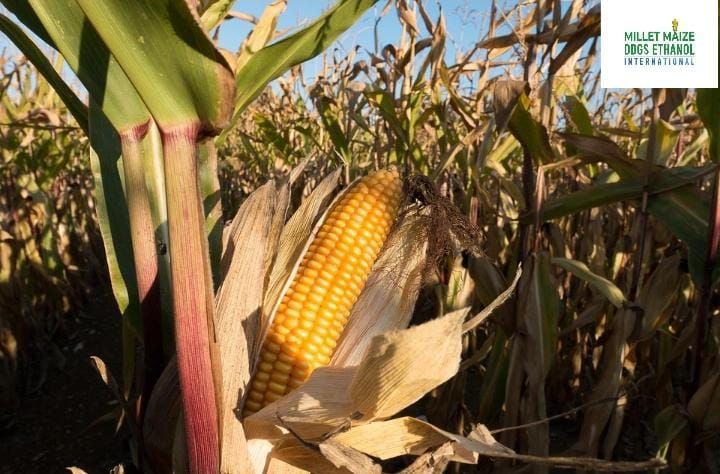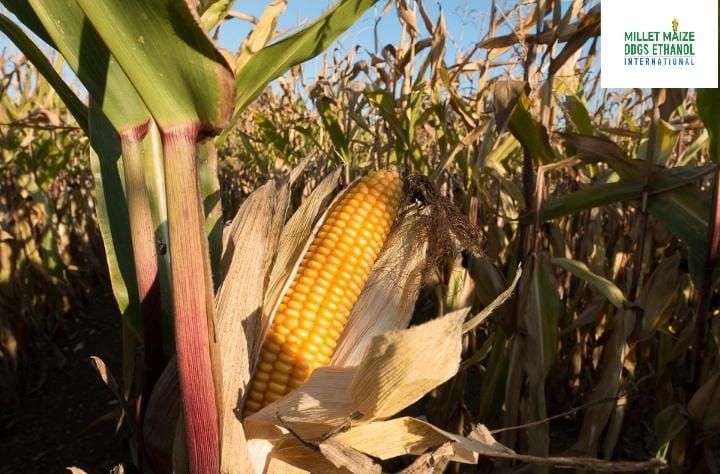mmdeinternational.com - Maize Prices Soar as NCPB and Millers Battle for Grain 🌽📈

Maize prices in Kenya have surged dramatically as competition intensifies between the National Cereals and Produce Board (NCPB) and private millers — each vying for limited grain supplies.
Dwindling NCPB Supplies
Several depots of the NCPB are reportedly receiving very little maize. Many farmers are holding back their produce due to fears of payment delays and low margins, which means NCPB's purchase volumes are much lower than expected.
Millers, both large and small, have ramped up their bids to farmers. According to reports, private millers — who usually pay lower than the NCPB — are now forced to raise their offering in order to compete for grain. The competition has been described as a “war” over scarce maize.
In response to the crisis, the government has released 200,000 bags of maize from the National Strategic Grain Reserve (NSR). These bags are being sold to registered millers at a subsidized rate of KES 4,250 per 90-kg bag. To prevent hoarding, the government requires millers to make a 25% upfront payment, and only pay the remaining 75% after they prove they’ve milled and distributed the maize.
Some millers are reportedly reluctant to take NCPB maize despite the subsidized price. Their concern? Quality. There are claims that a portion of the board’s stored maize is “discolored, moldy, and possibly contaminated with aflatoxin.” The NCPB has defended its storage methods but acknowledges that high-moisture grain (above 13.5%) is not accepted.
With the raw grain becoming expensive, flour producers are feeling the heat. The retail price for a 2‑kg packet of maize flour (unga) has already risen. The government hopes the grain release will stabilize flour prices and avoid a full-blown food crisis.
It’s a seller’s market right now. Many are holding back in anticipation of even higher prices, especially since the NCPB’s operations are constrained by its limited budget.
They face a twofold pressure — the need to secure maize at reasonable quality, and the financial strain of paying a large portion upfront. Maize flour prices could remain high or potentially increase further if the supply crunch continues. The NCPB’s strategy of subsidized maize distribution is a stop-gap measure — but long-term solutions, like boosting production or revising reserve policies, may be needed.
